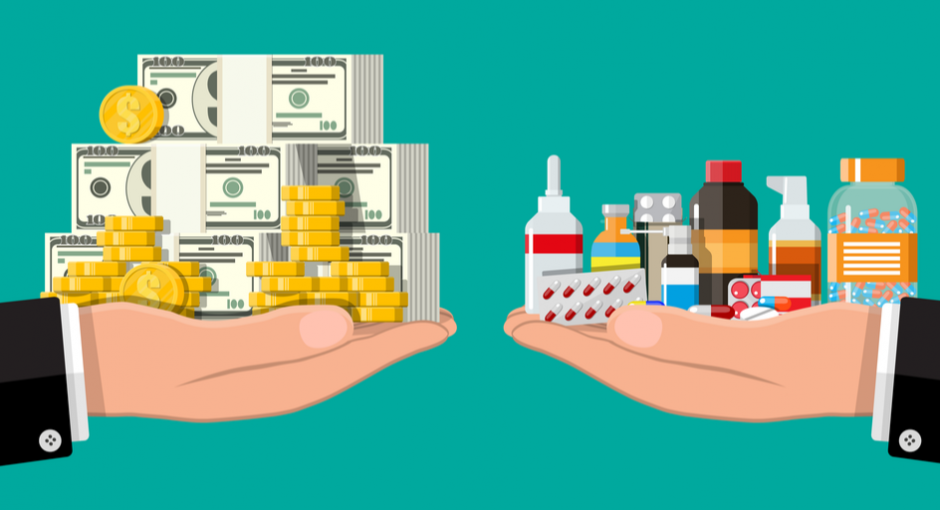U.S. retail prescription drug spending hit $348.4 billion in 2020, constituting 8% of total health care expenditures, a new federal report shows.
The U.S. Centers for Medicare & Medicaid Services (CMS) yesterday published its annual national health care spending report in the journal Health Affairs. U.S. health spending overall reached $4.1 trillion in 2020, driven by a 36% increase in health spending mainly in response to the COVID-19 pandemic, CMS said.
The drug spending growth rate slowed, from 4.3% in 2019 to 3.0% in 2020. CMS actuaries attributed the slowdown to several factors. The report says drug spending growth was blunted by fewer doctor visits during the pandemic, leading to less opportunity to prescribe new drugs, fewer refills, and a 4.2% decline in out-of-pocket spending on drugs. Growth in the number of prescriptions dispensed slowed in 2020 to 1.7% from a rate of 2.3% in 2019.
Prices for prescription drugs declined 0.1% in 2020 after decreases of 0.4% in 2019 and 1.0% in 2018. CMS said in a footnote said these figures “account for the impact of discounts and rebates.” Retail prescription drug prices declined for generic drugs and price growth slowed for brand-name drugs. The generic drug dispensing rate reached 86.6% in 2020, up 0.2% from 2019.
Private health insurance was the largest payer for drugs sold at the retail level (40%), followed by Medicare (32%) and out-of-pocket spending (13%). All experienced slower growth or declining expenditures in 2020, CMS said.


